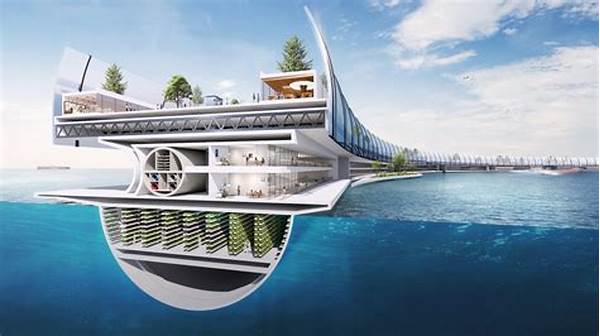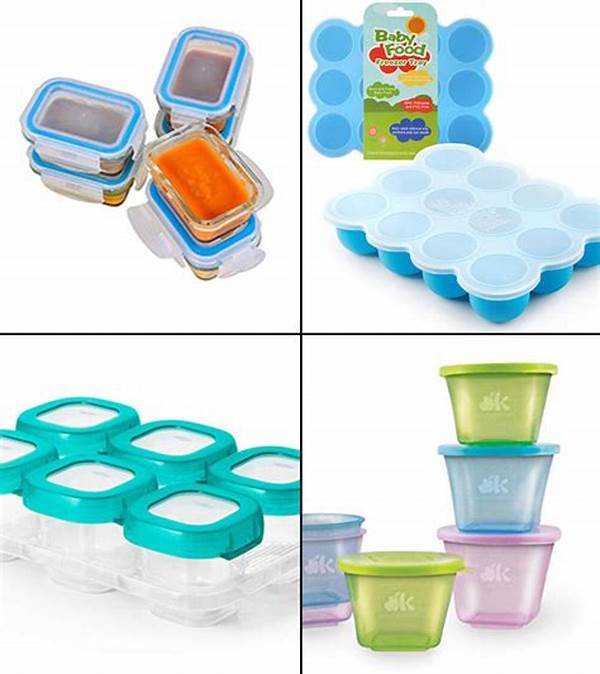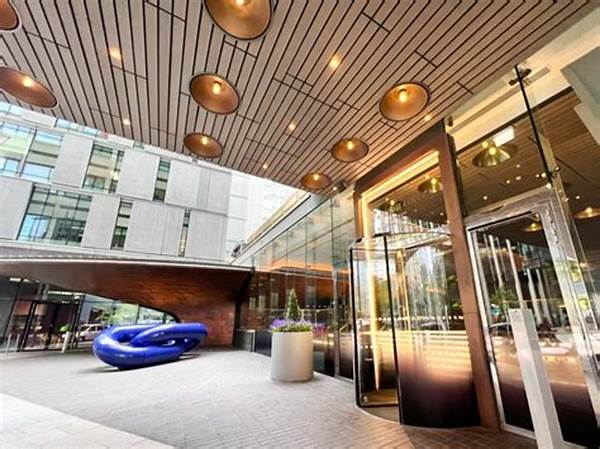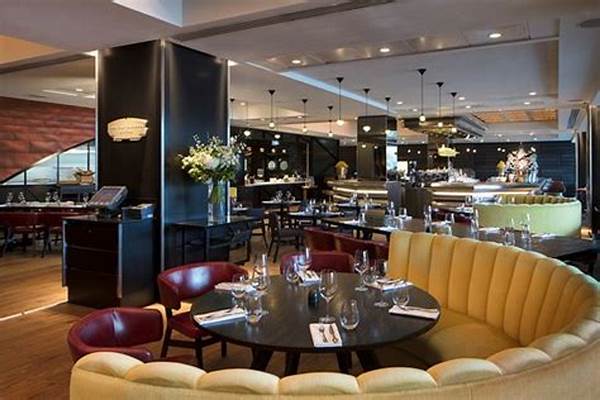Imagine a world where cities are no longer confined to solid ground. Picture futuristic floating city projects seamlessly integrating with the ocean’s ebb and flow, creating sustainable living spaces for thousands, if not millions. This isn’t a wild science fiction tale—it’s a burgeoning reality, thanks in part to the imaginative use of sea containers. These robust, versatile structures are catching the eyes of architects, environmentalists, and city planners worldwide. Why, you ask? Let’s dive into the who, what, and why of this incredible innovation.
Read More : Company Csr Programs In Waste Management
Floating above the waves like visions from futuristic fantasies, these cities promise a unique lifestyle that marries cutting-edge technology with environmental conservation. But what makes sea containers indispensable in these projects? The answer lies in their unique selling point: strength, modularity, and recyclability. Sea containers used in futuristic floating city projects not only withstand harsh marine conditions but also offer a green, cost-effective solution to expanding urbanization challenges.
The Role of Sea Containers in Floating Cities
Versatility and Strength
The use of sea containers in futuristic floating city projects hinges on their versatility and strength. Originally designed to resist the rigors of ocean voyages, these metal boxes can endure punishing winds and waves, making them ideal for marine environments. Furthermore, their modular nature allows for creative adaptation—stacked, joined, and modified to form anything from homes to offices, shops, and public spaces. The possibilities are limited only by one’s imagination.
Sustainable Construction
Environmental concerns are at the forefront of most floating city designs. Here, sea containers shine once again. Repurposing these units minimizes waste and reduces the need for new construction materials, aligning perfectly with global sustainability goals. The recycling of these containers is a stunning example of turning industrial waste into a cornerstone for human habitation.
Why Choose Sea Containers?
Cost-Effectiveness
It’s not just about doing good—it’s also about practical benefits. In the realm of construction, cost matters significantly. Sea containers provide a financially sensible option without compromising on quality or durability. With construction costs soaring, these containers offer a budget-friendly alternative that doesn’t skimp on style or safety.
Rapid Deployment and Mobility
Time is of the essence in developing these floating cities. Traditional construction is time-consuming, but sea containers can be quickly deployed and assembled. Plus, they offer the potential for mobility—a crucial feature as climate change prompts reevaluations of habitable zones.
Examples in Action
Consider some trailblazing projects where sea containers are taking center stage:
The Future Outlook
With global populations swelling and land resources strained, sea containers used in futuristic floating city projects stand as a beacon of hope. As these innovative projects take shape, they may well redefine modern urban living and challenge our perceptions of what’s possible.
Read More : Waste Containers For Restaurants
The Mechanics of Floating City Living
How It All Works
Floating cities are more than just collections of containers at sea. They are intricately designed ecosystems with:
Community and Culture
Building a city isn’t just about infrastructure; it’s about creating a vibrant community and culture. These floating cities are envisaged as multicultural hubs where diverse populations can cohabit in harmony, sharing experiences and innovations.
In Conclusion
Sea containers used in futuristic floating city projects represent a marriage of human ingenuity and environmental stewardship. As these projects continue to develop, they promise to pioneer new forms of living that could serve as a blueprint for future urban developments. Whether through offering cost-effective solutions, showcasing sustainable practices, or simply embodying a spirit of boundless possibility, they stand ready to capture the collective imagination of the world. The future is afloat, and it’s looking bright.
Final Thoughts
Floating cities using sea containers are no longer just an idea—they are moving toward an exciting reality. As we continue to innovate and grow, these projects may very well be the key to a sustainable future. Hold on to your hats—the adventure has only just begun.
In an era where every environmental choice counts, using sea containers for these floating metropolises provides a glimpse into a future where humans live both innovatively and harmoniously with nature. This isn’t just architecture; it’s the dawn of a new kind of civilization. Are you ready to set sail?










